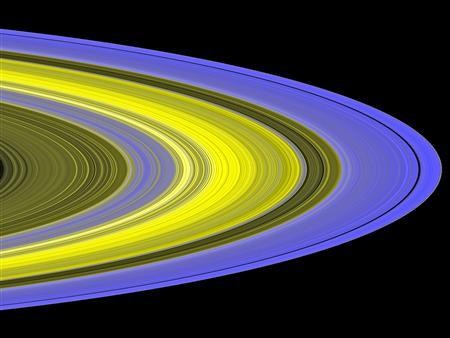A recent study on Saturn and its rings reveals that one of its rings called phobe ring is larger than the figure by which it was reported in the past. This particular ring is the fainter and almost invisible one when viewed on an astronomical scan.
According to the new findings published in the Nature journal, the phoebe ring is 7, 000 times larger than Saturn itself. Saturn, the second biggest planet, has long been observed and studied by scholars and astronomers. Its average density and radius has been recorded and has long been incorporated into reading materials and textbooks in an aim of informing people about its details.
Previous studies included its ring size and dimensions. However, though the facts regarding the rings have already been established, more advanced studies have shown that the previous digits were inaccurate.
Douglas Hamilton from the University of Maryland saw NASA's WISE telescope images and confirmed that the phoebe ring is actually larger than the planet it surrounds, while exhibiting tiny unidentified particles inside it. These particles might be ice materials that were produced after a micro-meteoroid impact of its moon, Phoebe, the NASA reported.
The bigger ring orbits Saturn following a retrograde direction. It is tilted slightly, about 27 degrees. Other images further revealed that the "phoebe ring" is 270 times bigger than Saturn's radius.
For a clearer picture of how big the measurement is, it stretches about 3.7 miles from Saturn, the planet it orbits, and then expands 10 million miles away. It has a vertical distance of 1.5 million miles.



























